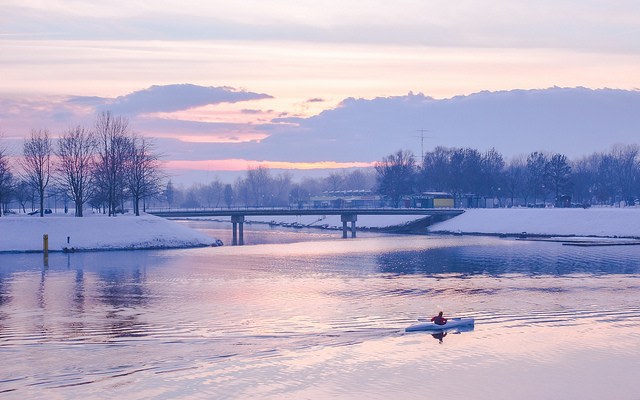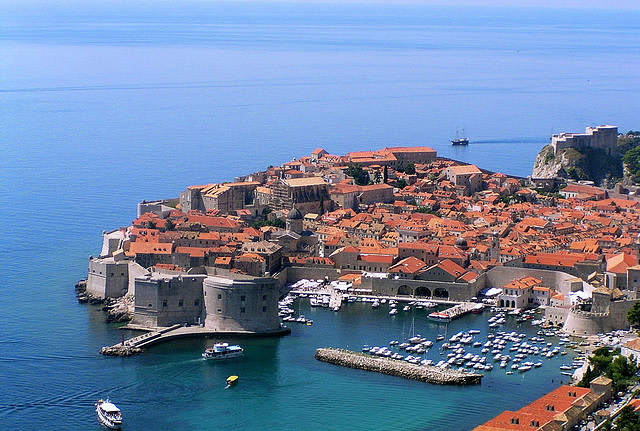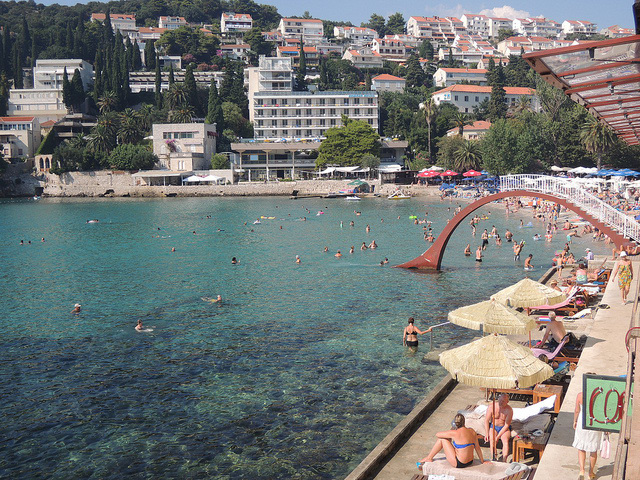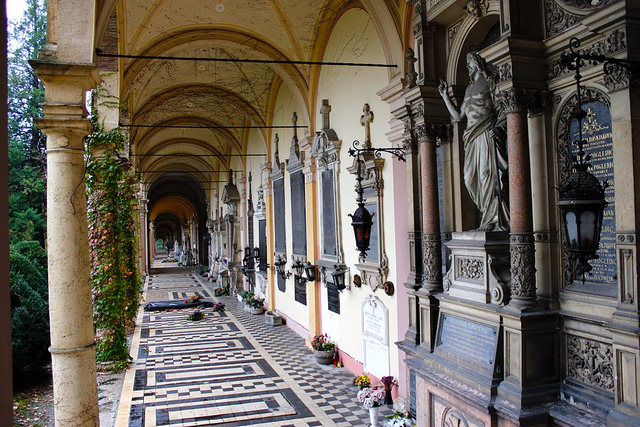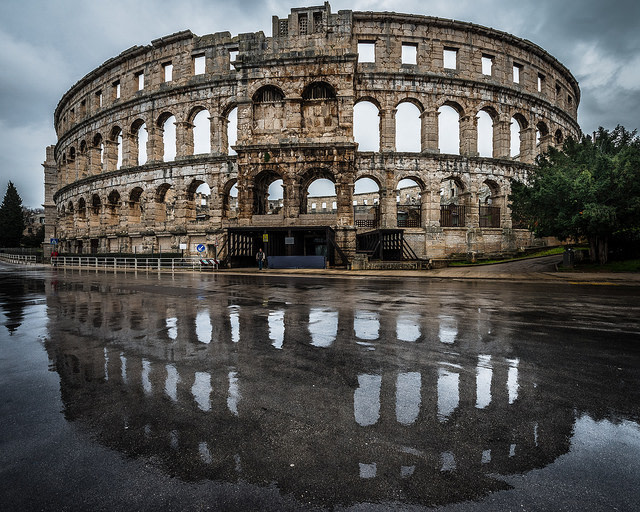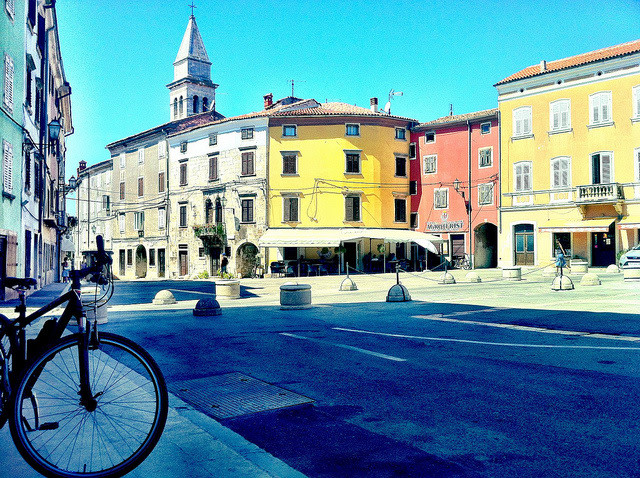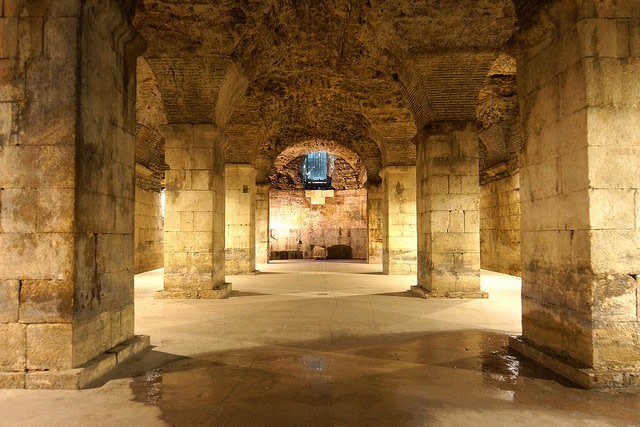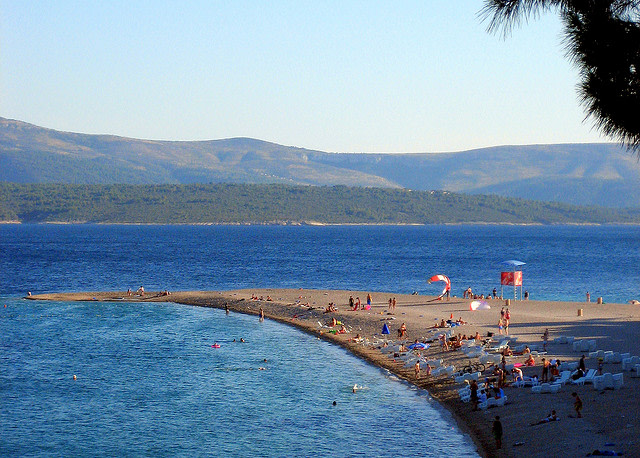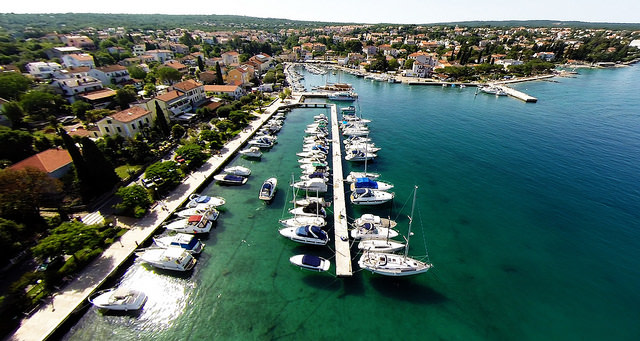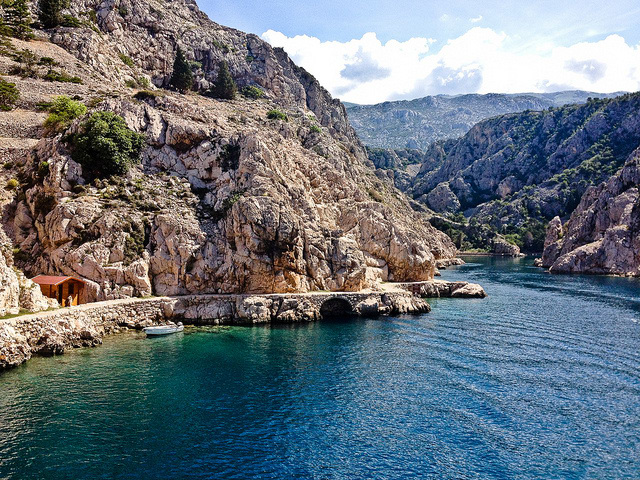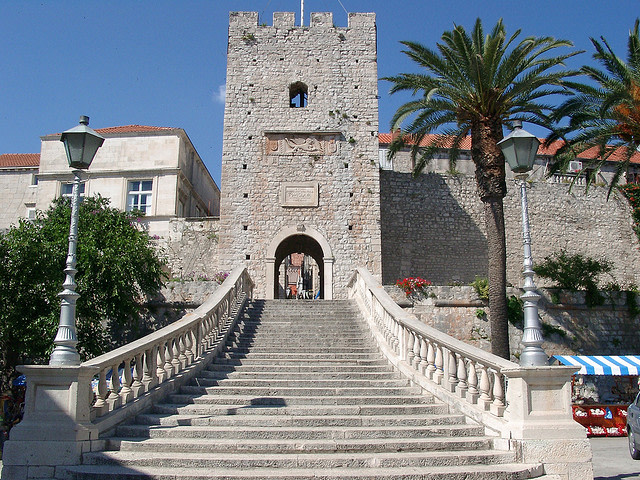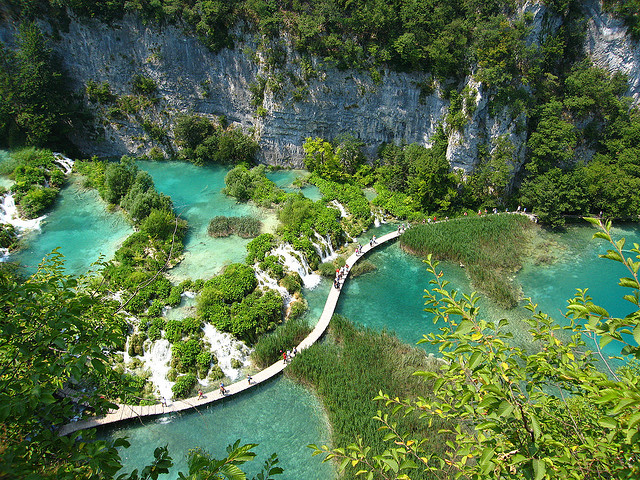| 6 mins read
Jennifer Mullen
If Croatia were a person she would have windswept hair, long and curling like her coastline. She would be popular, welcoming more than 14 million visitors every year, but still retaining a lot of her traditions and charm. Croatia would appear to be wealthy with natural riches, owning more than a thousand islands, and wearing a luxurious cloak of green vegetation. She would be a perfect mixture of modern, urban glamour and a Mitteleuropa Mediterranean heritage, hiding the scars of a turbulent Balkan history and the struggle for her own independence.
One of Croatia’s most popular tourist destinations is the city of Dubrovnik; and with its red roofs and baroque buildings, it is not hard to understand why it is nicknamed “The Pearl of the Adriatic”. Some of the best views in town can be found from the famous ancient city walls, although your Croatia tour guide will advise you to take plenty of water, as summer temperatures can soar. Even more dramatic is the view from the Mount Srd, accessed in a matter of minutes by cable car. Dubrovnik is a very walkable town, to take in its museums, fountains, monasteries and churches, or stop in the old town to sample delicacies involving locally sourced produce, such as seafood.
If your ideal trip involves lazing on a beach, then head to places such as Lapad Beach or Banje Beach. For something a bit out of the ordinary, visit the 100,000 square foot Durovic cave, situated directly under the runway of Dubrovnik’s international airport.
Here in an otherworldly cavern of stalagmites and stalactites, one can sample some of Croatia’s finest wines.
The capital of Croatia is Zagreb, which started out as two medieval fortress towns, perched on hills. Nowadays Zagreb is Croatia’s cultural centre, as well as the place to immerse oneself in sport and the arts. Most visitors come here to photograph the historic architecture, vibrant open air markets and towering churches. A Zagreb tour guide would list the highlights as the Mirogoj Cemetery, St Mark’s Church, the Croatian National Museum and the Zrinjevac, the latter an expanse of greenery and tranquillity where the locals come to relax. For a slightly offbeat and unusual experience, try the Museum of Broken Relationships, which is full of funny, sad and poignant memoirs.
Istria is the westernmost region of Croatia and is famous for being lapped by the sapphire waters of the Adriatic, giving the region its nickname of “Blue Istria”. History buffs will be enchanted by the Roman architecture of Pula, with its magnificent amphitheatre. Foodies will not be disappointed by the local catch in the port of Rovinj or the delicious dark truffles on offer at the Truffles festival of Buzet every autumn.
The sleepy hamlet of Vodnjan has some sinister yet appealing attractions, such as one of the best-preserved mummies in Europe, which some locals still believe can work miracles against ailments. Alternately there is the undecayed tongue of St Mary of Egypt!
A Croatian tour guide will rightly tell you that this country appeals to all your senses. And when it comes to the aural, the sound that will remain with any traveller has to be the award winning Sea Organ of Zadar. Using 35 polyethylene pipes of different lengths and diameters, the magic music of the waves is created, as the tide goes in and out.
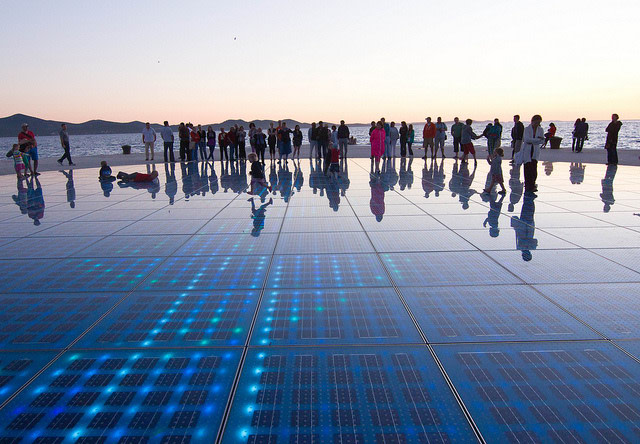
Croatia has over a thousand islands scattered along the coastline, linked with regular ferry and catamarans, making them ideal for island hopping. The islands have a wide range of accommodation to suit all budgets, from up market boutique hotels to campsites with enchanting views. When choosing your perfect island getaway, it is important to consider which island personality will suit you.
If sunsets and romance are at the top of the agenda, fly into Split and base the trip around islands such as Hvar, which has a sophisticated main town, but sloping hillsides covered with fragrant lavender. The Island of Brac has one of Croatia’s most photographed beaches at Zlatni Rat, which is sometimes referred to as the Golden Cape Horn. Romance is also coupled with drama on the island of Vis, home to some impressive Greek and Roman ruins.
The party people should head to the island of Pag, which is Croatia’s answer to Ibiza, with its pumping vibrant beach-clubbing scene. Another well-developed island is Krk, which is popular with families, due to the 2km beach at Baska, and the medieval walled town of Krk.
Sports enthusiasts should pack their windsurfing kit and find their way to Rab, which is also a mecca for mountain bikers and hikers. There are even some sunken wrecks to explore, which would impress the most experienced of scuba divers.
Wine connoisseurs are well advised to plan their itinerary round the Elafiti islands and Korcula, using Dubrovnik as a stepping-stone. Sipan’s prizewinning vineyards used to be a getaway for Croatia’s elite, but now have a down-to-earth appeal. Korcula, with its elegant Venetian architecture has cool, dark pine forests and is also well respected when it comes to wine production.
Moving inland from the coastline, one of the must-see natural attractions is the Plitvice Lakes National Park, with its impressive waterfalls, caves and alpine forests. The main draw card of this world heritage site is 16 crystalline lakes, which sparkle like diamonds, as they connect via a series of cascades and waterfalls. To get around there is a free bus and boat service, or an 18km network of wooden footbridges, which traverse the clear waters. Easily accessible from either Zadar or Zagreb, make sure you visit in the spring, when the lakes are flush with water or in autumn, when the woodlands put up a colourful display.
Image Details and Licenses: https://flic.kr/p/dFipXM (Ivana Vasilj, CC BY-NC-ND 2.0), https://flic.kr/p/v2SPQ (Thomas Mues, CC BY-NC-ND 2.0), https://flic.kr/p/foxCjj (Marcus Grbac, CC BY 2.0), https://flic.kr/p/q3c7G3 (Roy Wooter, CC BY-NC-ND 2.0), https://flic.kr/p/okM594 (Bernd Thaller, CC BY-NC 2.0), https://flic.kr/p/cVXiHq (Ivana Vasilj, CC BY-NC-ND 2.0), https://flic.kr/p/ddtG8z (EyeofJ, CC BY-ND 2.0), https://flic.kr/p/fxRCU2 (Dennis Jarvis, CC BY-SA 2.0), https://flic.kr/p/izsGS (david gee, CC BY-NC 2.0), https://flic.kr/p/pqkUFH (Yacht Rent, CC BY 2.0), https://flic.kr/p/cnVmPJ (Patty Ho, CC BY 2.0), https://flic.kr/p/ea3hi (Tona & Yo, CC BY-NC-ND 2.0), https://flic.kr/p/2Tz8K7 (29cm, CC BY-SA 2.0)


